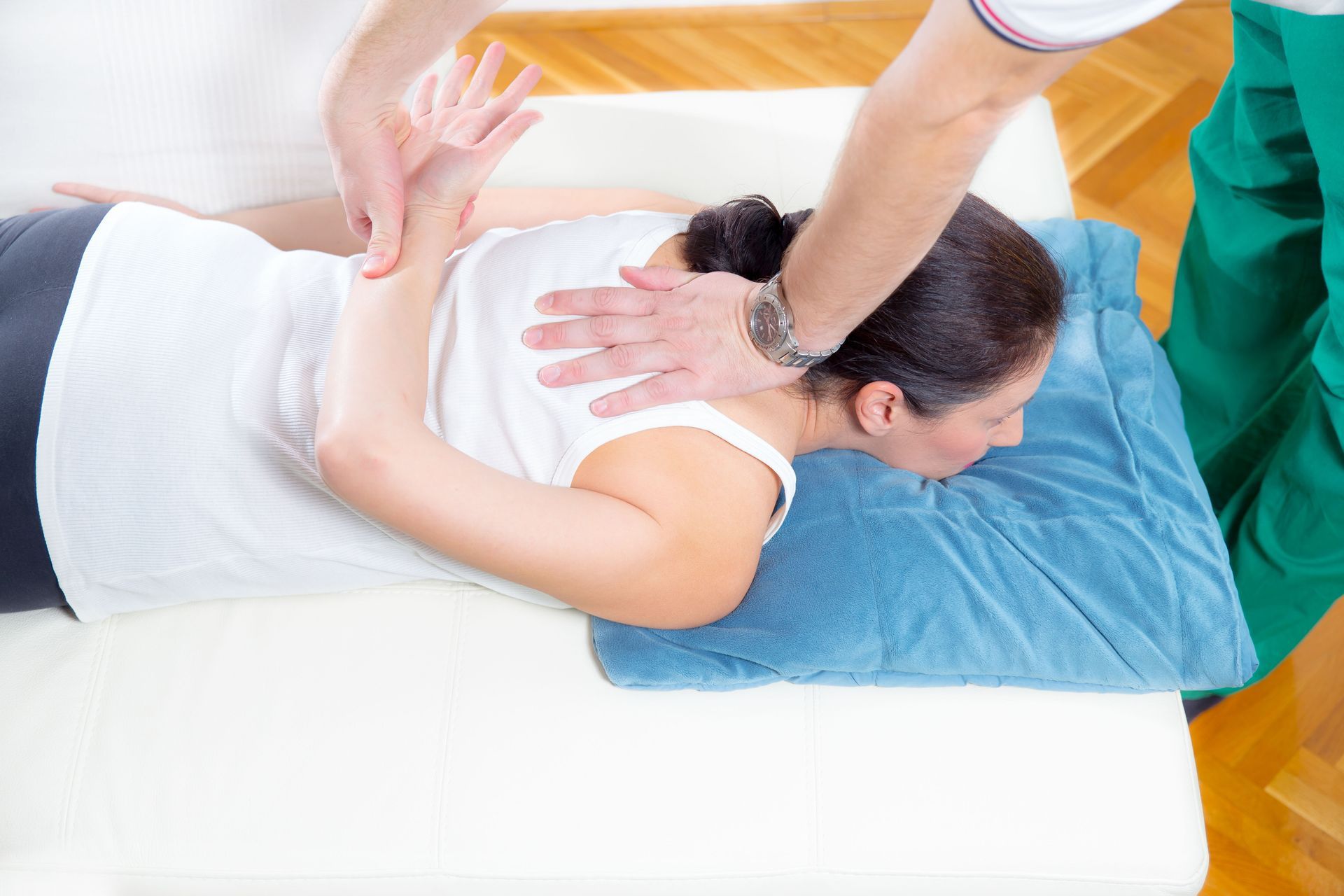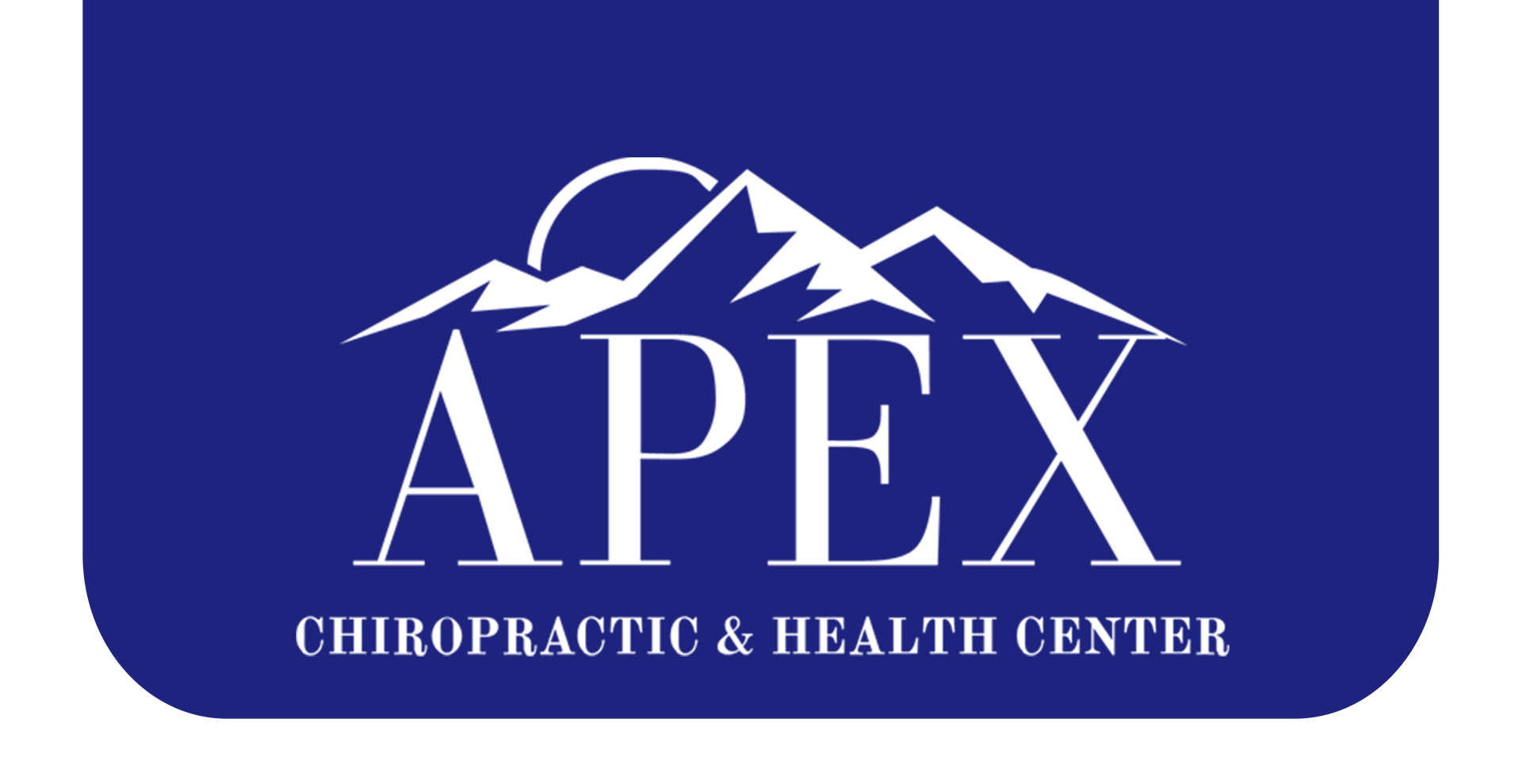Understanding the Causes of Back Pain and How to Find Relief
There are various causes of back pain as well as different strategies for relief. By understanding the underlying factors that contribute to pain, individuals can better manage their symptoms and improve their quality of life. Pain is a prevalent health issue, affecting millions worldwide, and it can have a profound impact on an individual's day-to-day activities and overall wellness. The pain may vary in intensity from a dull, constant ache to abrupt, sharp sensations that can be debilitating. This blog will delve into common causes, risk factors, diagnostic processes, treatment options, alternative therapies, and lifestyle changes aimed at alleviating and preventing back pain.
Muscular Strain
Firstly, muscular strain is one of the primary causes of pain, often resulting from heavy lifting, awkward movements, or sudden jolts. Muscles and ligaments can be overstretched or torn during such activities, leading to pain and stiffness. Strain can affect individuals of all ages, but it is more common among those who engage in labor-intensive work or sports. Symptoms may include localized pain, tenderness, and muscle spasms, which can be alleviated with rest, ice application, and physical therapy. Recognizing and mitigating strain through proper body mechanics and strength conditioning can minimize risk.
Repeated activities or prolonged poor posture can lead to chronic strain and discomfort, exacerbating back issues over time. Individuals often ignore early signs of strain, which can develop into severe back problems if left unaddressed. It is crucial for anyone experiencing recurrent pain to seek medical advice to prevent further injury. Incorporating regular stretching exercises and ergonomic practices at work and home can help reduce the incidence of muscular strain. Education on lifting techniques and the importance of core strengthening exercises is essential in managing and preventing muscle-induced pain.
Acute strain typically results in a sudden, immobilizing pain that diminishes with time, although chronic strain may persist if not treated effectively. Understanding when to allow the body to rest and heal, followed by gradual reconditioning, is key to recovery. According to the National Council on Aging, in the U.S., roughly 16 million adults (8%) suffer from chronic back pain, which is defined as pain lasting three months or longer, and it is the leading cause of missed workdays, emphasizing the need for awareness and early intervention. Workplace ergonomics, regular breaks for those in sedentary jobs, and an emphasis on physical fitness can mitigate these risks. Ultimately, muscular strain is preventable with proper attention to body mechanics and resilience training.
Herniated Discs
Furthermore, herniated discs, also referred to as slipped or ruptured discs, are a frequent pain culprit, typically occurring when the soft nucleus pushes through a tear in the disc's exterior. This condition can irritate nearby nerves, resulting in pain, numbness, or weakness in an arm or leg. Herniated discs are most often found in the lower back, but they can also affect the neck. While sudden trauma can cause a herniated disc, it is frequently the result of progressive, age-related wear and tear known as disc degeneration. Ensuring proper posture and regular exercise can help preserve disc health and reduce the risk of herniation.
Treatment for herniated discs varies based on severity, with options including physical therapy, medication, and surgery in extreme cases. Non-surgical approaches focus on reducing pain and inflammation while improving functionality through rehabilitation exercises and lifestyle modifications. For those requiring surgical intervention, procedures like microdiscectomy can provide relief by removing the portion of the disc impinging on a nerve. Preventative measures such as maintaining a healthy weight, regular core strengthening exercises, and mindfulness of movements can lower the likelihood of disc herniation. Education on symptom recognition and early medical consultation is critical in managing herniated disc issues effectively.
Poor Posture
Additionally, poor posture is an often-overlooked contributor to back pain, as many individuals are unaware of the long-term effects of slouching or improper alignment. Whether sitting at a desk, standing for extended periods, or engaging in daily activities, poor posture places unnecessary stress on the spine and surrounding muscles. Over time, this strain can lead to muscle fatigue, tension, and discomfort, ultimately resulting in persistent pain. Addressing posture-related issues involves recognizing habits that lead to misalignment and consciously adopting healthier practices. Posture correction can be achieved through exercises, ergonomic workspaces, and cognizance of body mechanics.
The modern era's focus on technology has exacerbated posture problems, with devices often used at angles detrimental to spine health. The infamous "tech neck," a condition arising from looking down at screens, has increased instances of pain in younger populations. Pain from poor posture is preventable by integrating small, effective changes into daily routines. For instance, using a chair with adequate lumbar support, elevating computer monitors to eye level, and taking frequent stretch breaks can significantly reduce strain. Posture-correcting exercises, such as yoga and Pilates, further enhance body awareness and promote spinal alignment.
Osteoarthritis
Moreover, osteoarthritis is a degenerative joint disease that can significantly impact spinal health, causing painful stiffness and inflammation in the joints, including those in the back. As cartilage wears down over time, bones may rub against each other, leading to pain and decreased flexibility. Osteoarthritis in the spine is especially common in older adults, correlating with age-related changes and wear and tear. Symptoms typically develop gradually, with back pain often most pronounced after periods of inactivity or overuse. While there is no cure for osteoarthritis, treatments aim to manage symptoms and enhance quality of life.
Management strategies for osteoarthritis of the spine include medications to control pain and inflammation, physical therapy to improve mobility, and sometimes surgical options for severe cases. Maintaining a healthy lifestyle, incorporating regular low-impact exercise, and ensuring a balanced diet rich in anti-inflammatory foods can slow disease progression. For many, joint supplements like glucosamine and chondroitin offer additional relief, although their efficacy can vary. The emphasis on prevention through lifestyle choices highlights the importance of early intervention and consistent management. Understanding osteoarthritis's progression can empower individuals to make informed decisions about their health care.
Spinal Stenosis
Finally, spinal stenosis occurs when the spaces within the spine narrow, exerting pressure on the spinal cord and nerves. This condition often results from age-related changes, such as osteoarthritis, or past injuries, and can cause persistent pain, tingling, numbness, and weakness in areas served by affected nerves. Although lumbar spinal stenosis is more prevalent in older adults due to degenerative changes, it can occur at any age due to congenital factors or trauma. Specific activities or prolonged standing can exacerbate symptoms, limiting mobility and affecting overall quality of life. Understanding spinal stenosis's impact aids in developing targeted treatment strategies.
Managing spinal stenosis typically involves conservative measures, including physical therapy, pain relief medication, and lifestyle changes to enhance spinal stability and function. Epidural steroid injections may provide additional relief by reducing inflammation and alleviating nerve pressure. In severe cases unresponsive to conservative treatment, surgical intervention, such as laminectomy or fusion, might be necessary to relieve spinal compression. Early diagnosis and a personalized treatment plan cater to individual needs, ensuring effective symptom management. Education on posture, spine health, and regular exercise is imperative to improve outcomes and prevent further complications.
Understanding the causes of back pain is crucial to finding effective relief. Whether it stems from poor posture, muscle strain, or an underlying medical condition, recognizing the source of your discomfort can guide you toward the right treatment. Call Apex Chiropractic and Health Center to relieve your back pain today.


Share On: